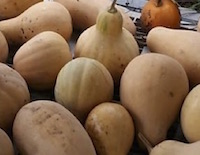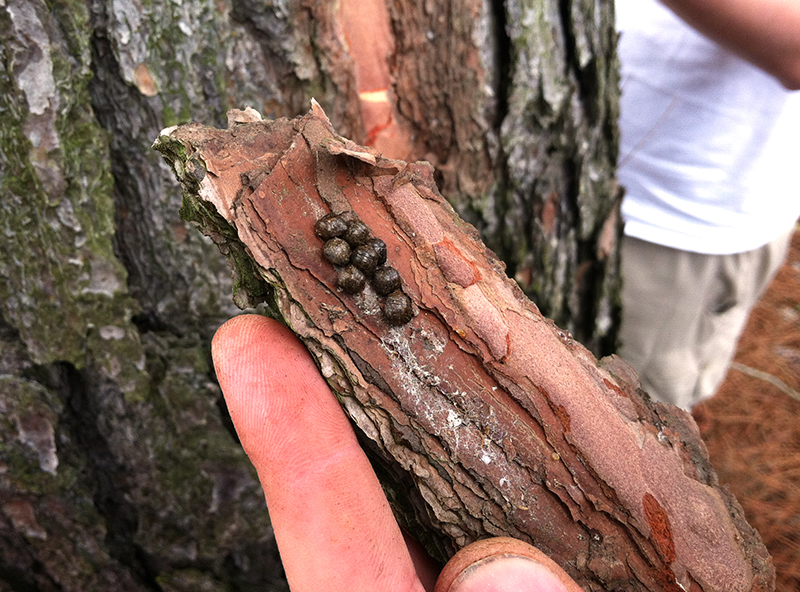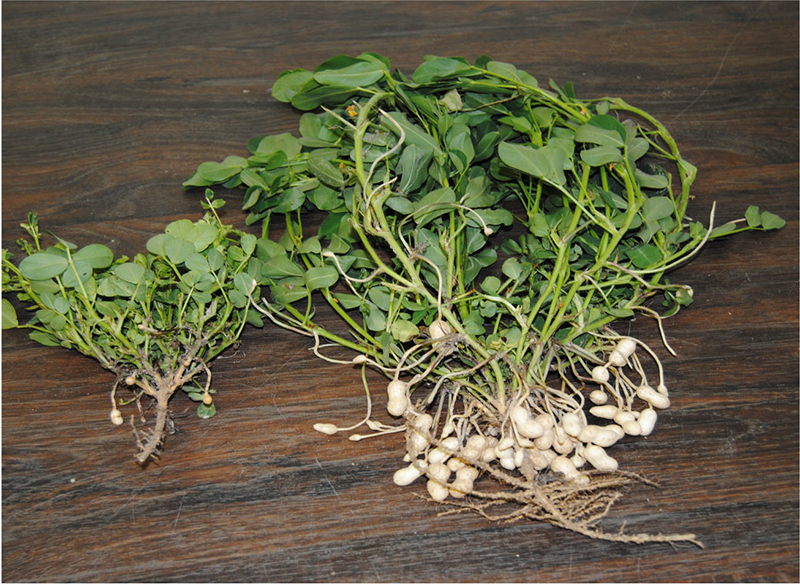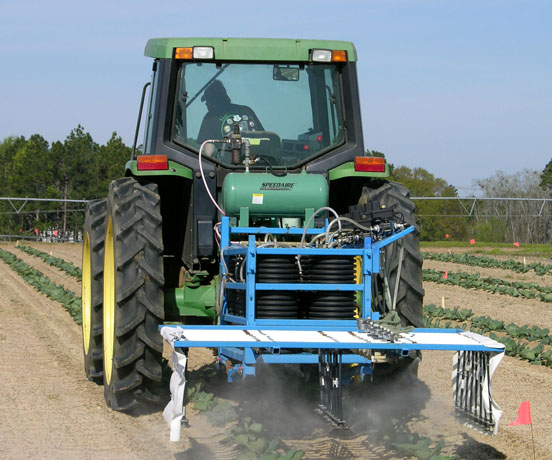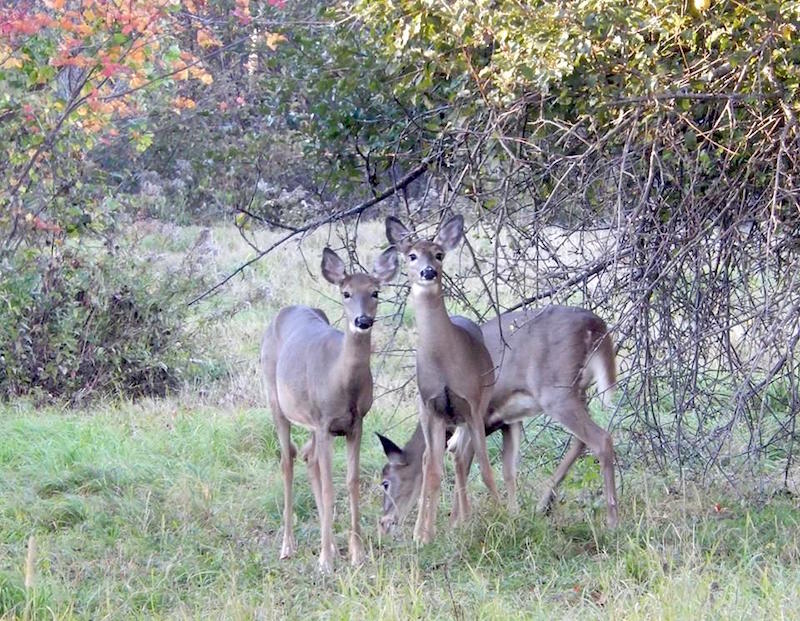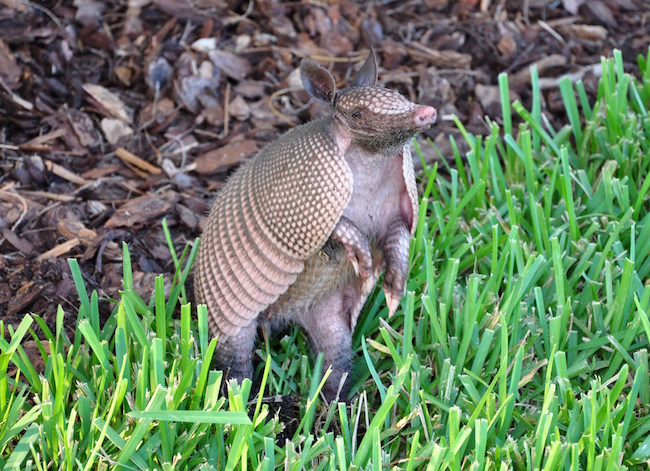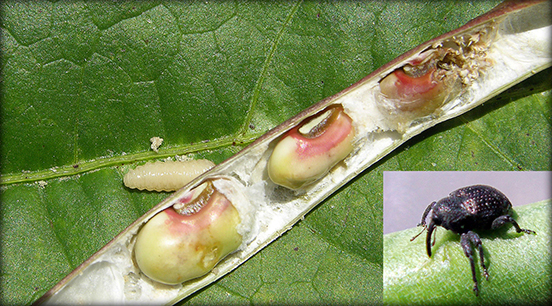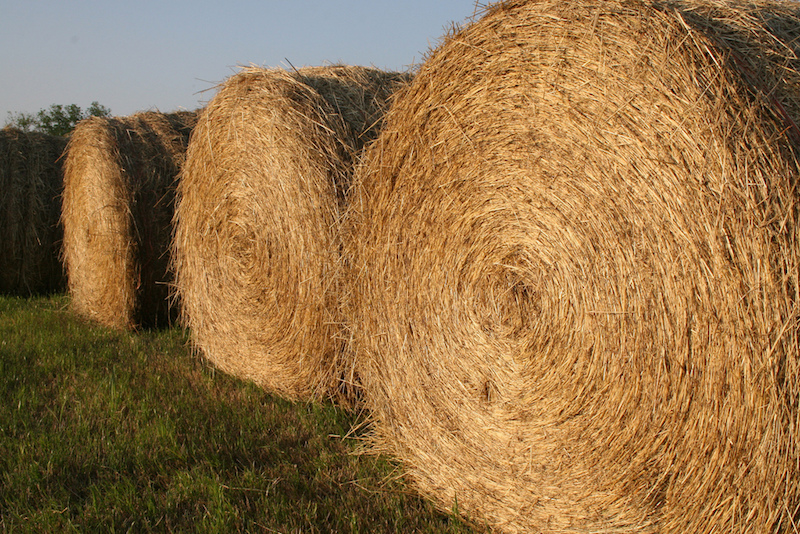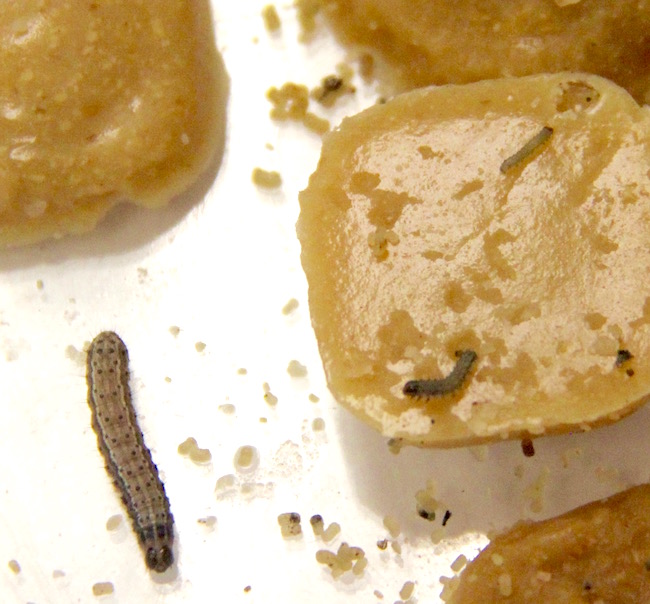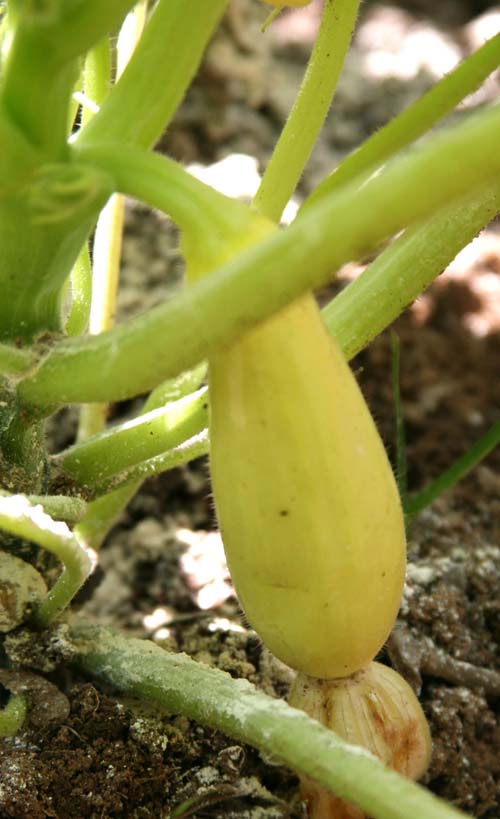 CAES News
CAES News
Squash Struggles
Pests and diseases make summer squash one of the most challenging vegetables to grow in Georgia home gardens, according to University of Georgia plant pathologist Elizabeth Little, who studies plant diseases and control methods at the UGA College of Agricultural and Environmental Sciences.

